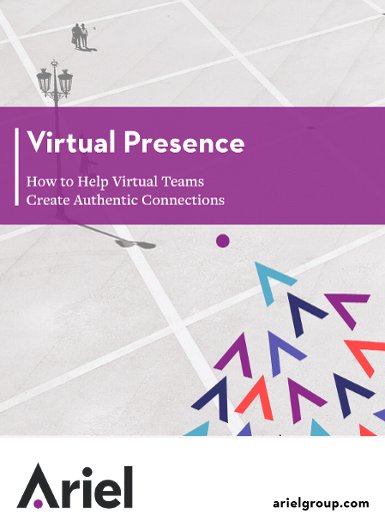Can You Be Nice AND Concise? Three Business Writing Tips

Before a recent Reader-Centered Business Writing™ workshop, our client told us that their people were being too forward in their messaging. In an effort to use as few words as possible, they were coming off as insensitive—almost too direct. While they were trying to be “concise,” they were actually being “blunt.”
What’s the difference between “blunt” and “concise”?
All too often in the English language, we use these words interchangeably; however, they’re not synonymous. According to the Merriam-Webster dictionary, while blunt means “being straight to the point,” it’s specifically being “abrupt in speech or manner” and “slow or deficient in feeling: insensitive.” Concise on the other hand means being straight to the point in a much different way: “marked by brevity of expression or statement; free from all elaboration and superfluous detail.” So how can you write a message that is “marked by brevity” without being “insensitive?”
You can be nice while still being concise and here are a few ways to tips:
1. Use active voice In an active sentence, the subject performs the action.
Conversely, in a passive sentence, the subject is being acted upon. Using active sentences requires fewer words and keeps you sounding like a person—and not like a robot. While “wordiness is eliminated by careful writers” (passive), we’d much rather hear that “careful writers eliminate wordiness” (active).
2. Be positive
Whenever possible, write a positive version of your statement rather than a negative one. People enjoy hearing what can happen instead of what can’t happen. Instead of writing, “You may not take time off unless you have written permission two weeks in advance,” try, “Please submit a written vacation request at least two weeks in advance.”
3. Avoid texting language
In today’s constantly on-the-go world, we often use text-speak to get a message out as quickly as possible. When we text back and forth with friends, we know them well enough to interpret the feelings behind their words. However, texting language itself is usually devoid of feeling and emotion. In the business world, it can lead to misunderstandings. Provide enough context for your reader to understand not only what you are saying, but how you are saying it. While “Come to my office in 10 mins” gives an order, it doesn’t give any context about what will happen. “Are you free in 10 minutes to come to my office and discuss last week’s seminar?” is longer, but it gives more understanding. The reader can relax; he/she is going to your office to discuss an event, not be fired.
A final hint: don’t worry about wordiness until you’re ready to edit
Wait until after you have all of your thoughts drafted on paper to edit for conciseness. It’s always a lot easier to revise when your words are on the page. While it’s best to find the simplest, clearest way to say something, beware of cutting so much that your message loses meaning or affect—then, you just might be too blunt!
